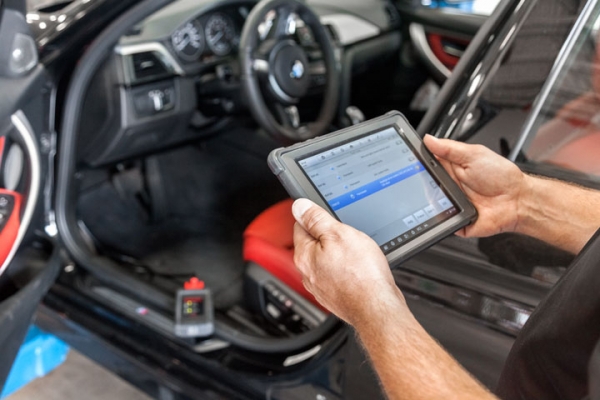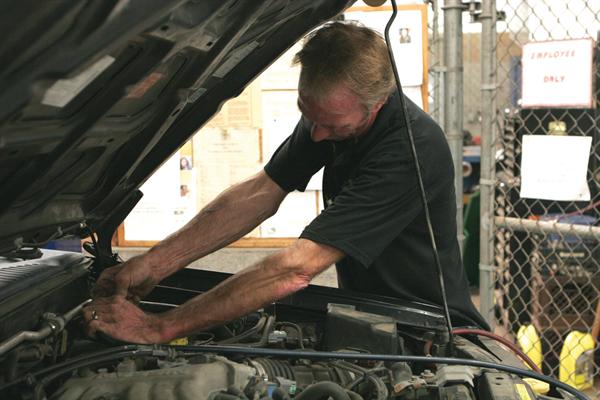Advanced Driver Assistance Systems (ADAS) have revolutionized the way we drive. By using sensors and cameras, ADAS systems are designed to help drivers avoid collisions and reduce the severity of accidents. These systems have become increasingly common in modern vehicles, and they offer a range of benefits for both drivers and mechanics.
What are Advanced Driver Assistance Systems?

ADAS systems use a combination of sensors, cameras, and software to provide drivers with real-time information about their surroundings. Some of the most common ADAS features include:
- Collision warning systems
- Lane departure warning systems
- Automatic emergency braking
- Parking assist
- Blind spot monitoring
These systems work together to provide drivers with a comprehensive view of their surroundings, helping them to avoid collisions and stay safe on the road.
The Benefits of ADAS in Collision Avoidance
One of the primary benefits of ADAS systems is their ability to help drivers avoid collisions. By providing real-time information about the vehicle’s surroundings, these systems can alert drivers to potential hazards and help them take evasive action. For example, a collision warning system might alert a driver to a vehicle that is rapidly approaching from behind, allowing the driver to quickly change lanes and avoid a collision.
ADAS systems can also help drivers navigate tricky driving situations. For example, a lane departure warning system might alert a driver if they start to drift out of their lane, helping them to stay on course and avoid a collision.
The Benefits of ADAS in Repair

In addition to their benefits for drivers, ADAS systems can also be a boon for mechanics. When a vehicle is involved in a collision, the ADAS systems may be damaged or misaligned. This can lead to incorrect readings and potentially dangerous driving situations. However, with the right tools and training, mechanics can diagnose and repair ADAS systems, restoring the vehicle to its pre-collision safety standards.
Furthermore, as ADAS systems become more prevalent, it is likely that insurance companies will begin to offer discounts for vehicles equipped with these systems. This can help to offset the cost of repairs and encourage more drivers to invest in ADAS-equipped vehicles.
The Future of ADAS
As technology continues to evolve, ADAS systems are likely to become even more sophisticated. For example, some manufacturers are already experimenting with self-driving cars that use advanced sensors and software to navigate the road. Additionally, as more vehicles become connected to the internet, it may be possible to create a network of vehicles that share information about road conditions and potential hazards, allowing drivers to make better-informed decisions.
Overall, the role of ADAS systems in collision avoidance and repair is set to become even more important in the coming years. By providing drivers with real-time information about their surroundings, these systems can help to reduce the number and severity of accidents on the road. For mechanics, ADAS systems represent a new and evolving area of expertise that can help them to better serve their customers and keep their vehicles safe and roadworthy.




